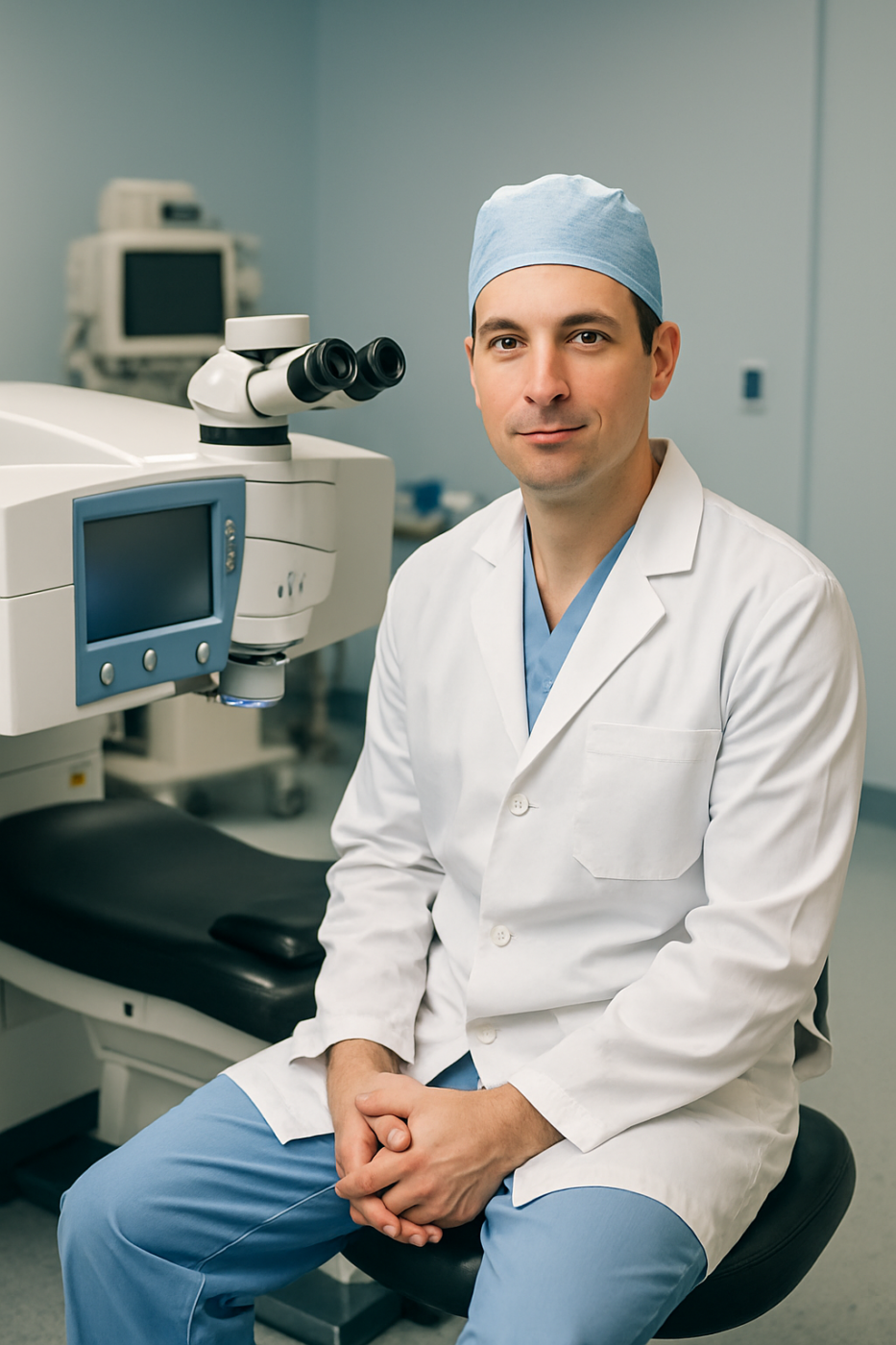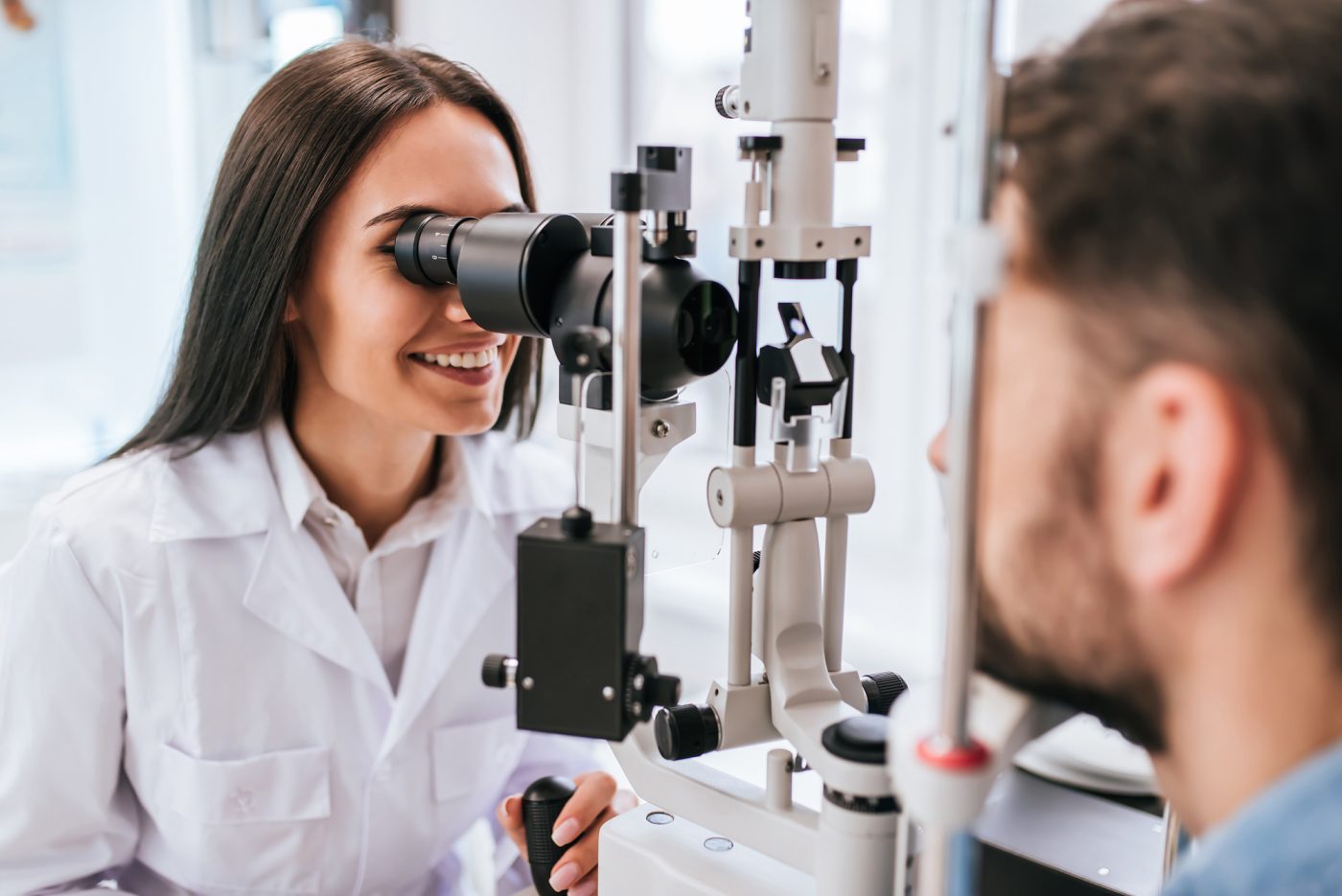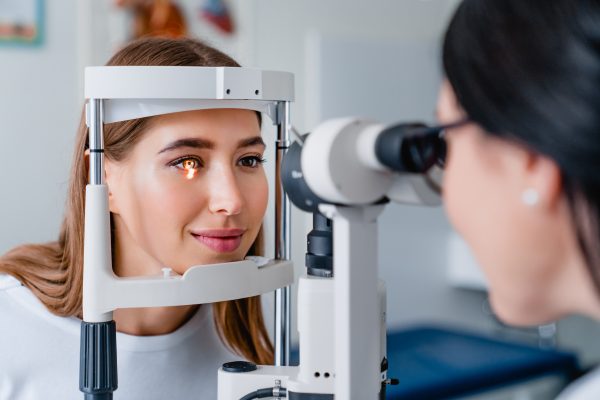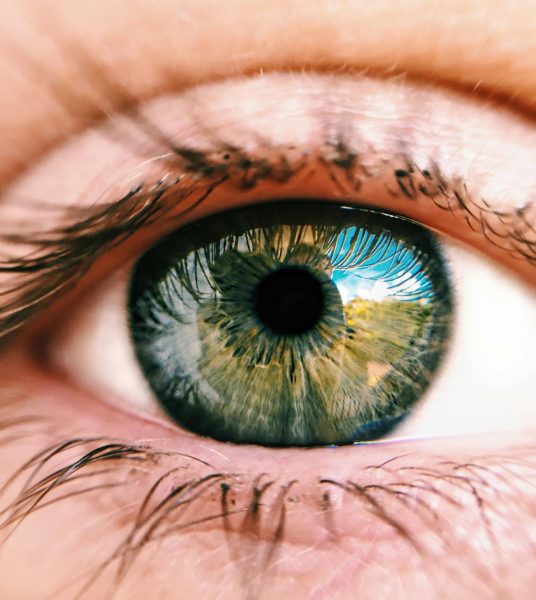LASIK eye surgery is a leading vision correction procedure that helps millions achieve clearer sight with minimal downtime. If you’re considering LASIK or simply want to understand how it works, this guide covers everything you need to know—from how the procedure is performed to who qualifies and what recovery looks like.
Quick Overview: What Is LASIK?
- LASIK stands for Laser-Assisted In Situ Keratomileusis.
- It’s a minimally invasive, outpatient procedure that reshapes the cornea to correct common vision problems.
- LASIK treats nearsightedness (myopia), farsightedness (hyperopia), and astigmatism.
How Does LASIK Eye Surgery Work?
Step-by-Step LASIK Process:
- Numbing Drops: The surgeon applies anesthetic drops for comfort.
- Corneal Flap Creation: A thin flap is made on the cornea using a microkeratome or femtosecond laser.
- Corneal Reshaping: The excimer laser, guided by detailed eye measurements, gently removes microscopic amounts of tissue to reshape the cornea.
- Flap Repositioning: The flap is placed back in position, adhering naturally without stitches.
Key Facts:
- The procedure typically takes about 15 minutes for both eyes.
- Most patients notice improved vision almost immediately.
- Recovery is rapid, with many returning to normal activities within 24–48 hours.
Who Is a Candidate for LASIK?
Ideal LASIK Candidates:
- Adults 18+ with a stable vision prescription for at least one year.
- Those with common refractive errors (myopia, hyperopia, astigmatism).
- Individuals with healthy eyes and adequate corneal thickness.
LASIK is Not Suitable For:
- People with certain eye conditions or autoimmune diseases.
- Those with thin or irregular corneas.
A comprehensive eye exam is essential to determine eligibility.
Benefits of LASIK Eye Surgery
- Fast Results: Noticeable vision improvement within hours.
- Minimal Downtime: Most return to work and daily life in a day or two.
- Long-Term Satisfaction: High patient satisfaction and reduced dependence on glasses or contacts.
- Customized Precision: Advanced laser technology tailors treatment to your unique eye shape.
What Laser Technology Is Used?
At The LASIK Vision Institute, surgeons use FDA-approved Custom Wavefront Optimized LASIK, including WaveLight® refractive technology for personalized treatment. This ensures precise, consistent, and safe results.
LASIK Recovery: What to Expect
| Timeline | What to Expect |
|---|---|
| First few Hours | Mild blurriness, light sensitivity, rest advised |
| 24 Hours | Most return to work and driving |
| Week 1 | Avoid strenuous activity, attend follow-ups |
| Up to 6 Months | Vision stabilizes, attend scheduled checkups |
- Temporary symptoms like dryness or glare are common but usually resolve quickly.
- Full vision stabilization can take several months.
Frequently Asked Questions

Most patients report only mild discomfort during and after the procedure, thanks to numbing drops.
LASIK delivers long-lasting results, though some age-related vision changes may still occur over time.
LASIK is considered safe for eligible candidates, with a strong track record of success and satisfaction.
Take the Next Step
Curious if LASIK is right for you? Schedule a free, no-obligation consultation at The LASIK Vision Institute to receive a personalized assessment and answers to all your questions.
Why Choose The LASIK Vision Institute?
- Experienced surgeons using advanced technology
- Customized treatment plans
- Transparent patient education and support
LASIK eye surgery can be life-changing, offering freedom from glasses and contacts. For more information or to determine your candidacy, contact The LASIK Vision Institute today.

Find a LASIK Surgery Location Near You
We’re located nationwide – it’s easy to find a LASIK Vision Center near you.
This content is for informational purposes and does not constitute medical advice. Consult with a qualified eye care professional to discuss your individual needs.
References:
Joffe SN. The 25th Anniversary of Laser Vision Correction in the United States. Clin Ophthalmol. 2021 Mar 17;15:1163-1172. doi: 10.2147/OPTH.S299752. PMID: 33762815; PMCID: PMC7982707. https://pmc.ncbi.nlm.nih.gov/articles/PMC7982707/
Center for Devices and Radiological Health. (2021, June 17). LASIK Quality of Life Collaboration Project. U.S. Food And Drug Administration. https://www.fda.gov/medical-devices/lasik/lasik-quality-life-collaboration-project
LASIK — Laser eye surgery. (2024, August 9). American Academy of Ophthalmology. https://www.aao.org/eye-health/treatments/lasik
Categories:



